We’re going to include a short recipe section in the U.S. paperback edition, to be released in December, and probably also the U.K. edition, to be released in the fall.
We thought it would be fun to acknowledge some of our great reader-cooks by including reader recipes in the book.
So if you have a favorite PHD recipe and are willing to see your name in the next edition of Perfect Health Diet, please leave your recipe (or a link to one on the Recipes page comment thread) and a sentence explaining why you like the recipe so much.
Recipes must be received by May 1. We’ll decide which ones will be in the new edition on May 3. Thank you!
P.S. — A friend of PHD cooking, Russ Crandall, who blogs at The Domestic Man, is up for Best Special Diets Blog at Saveur. Please go vote for him!







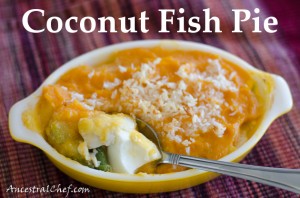
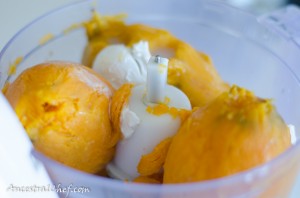
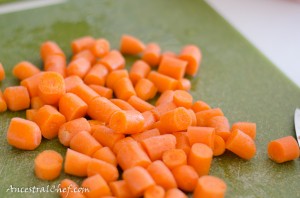
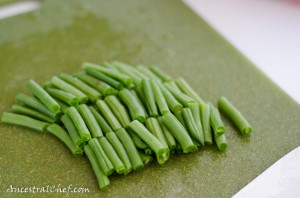
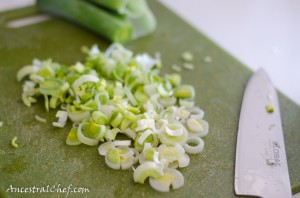
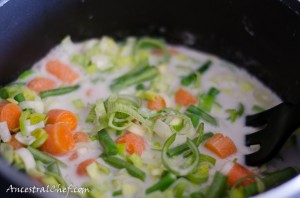
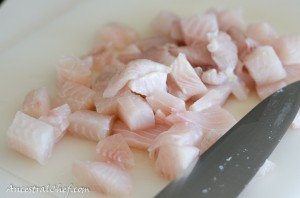
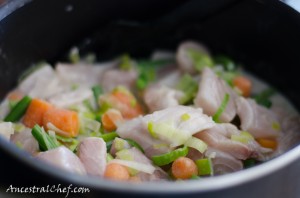
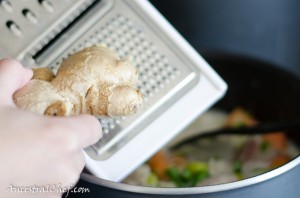
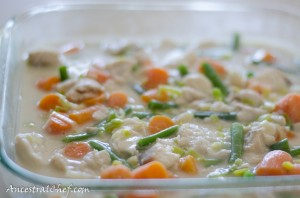
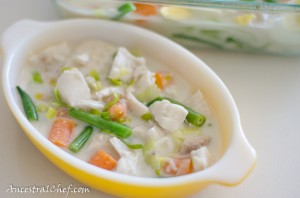
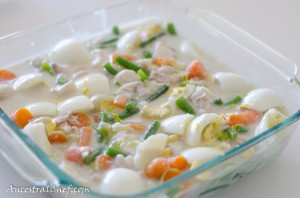
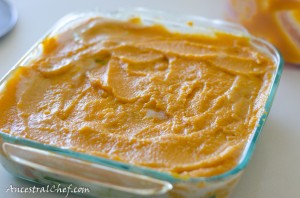
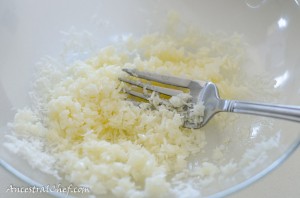
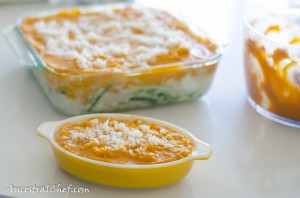
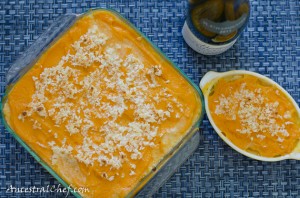
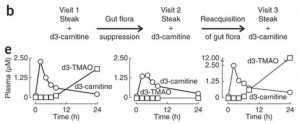
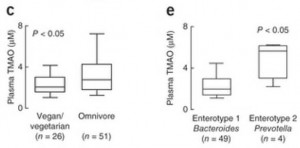
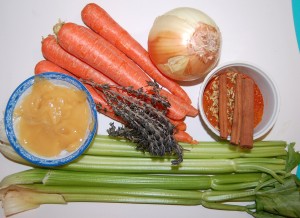
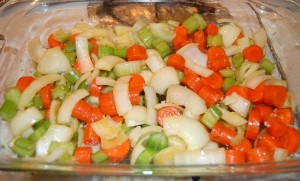
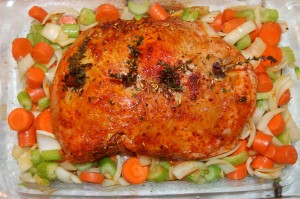
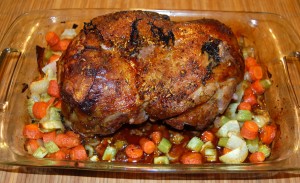


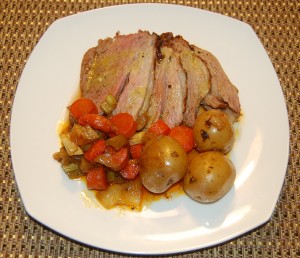




Recent Comments